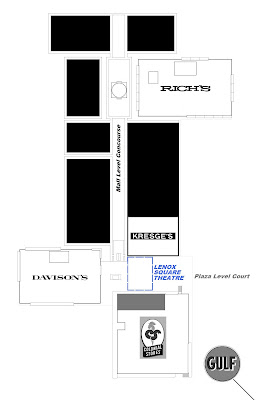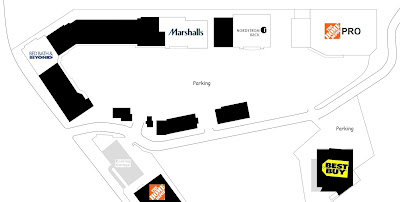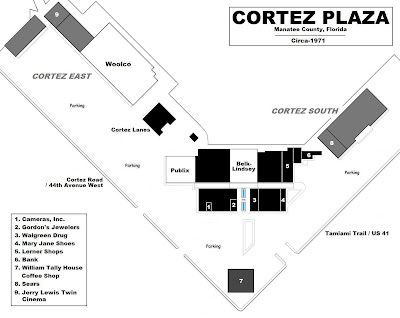Since the mid-1990s, some have been saying that all shopping malls in America are dead or dying. This half-fact is often repeated by the clueless news media, who -apparently- no longer do objective and investigative journalism...but just repeat, in verbatim, what comes over the wire service."Malls are dead" detractors say online shopping will eventually do in "brick & mortar" retail. However, a few pertinent facts are being overlooked. First, buying certain things online (such as dvds, music or electronics) can work out ok.
However, one cannot try on clothing or shoes, and can end up sending an item back a time or two to finally get the right one. Moreover, lots of Fashionista-type ladies savor the experience of shopping in an actual store, something that just doesn't transfer over to buying stuff (that you cannot touch, feel or try on) on a computer.
So, if every single shopping mall is dead or dying, why is it that...
ROOSEVELT FIELD, Long Island, NY
-Recently completed a 200 million dollar expansion-
DEL AMO FASHION CENTER, Torrance, CA
-Just wrapped up a 200 million dollar renovation-
WESTFIELD VALLEY FAIR, San Jose & Santa Clara, CA
-Has a 600 million dollar remodeling in progress-
ALA MOANA CENTER, Honolulu, HI
-Completed a 573 million renovation in late 2016-
Drawings 1 & 2 from www.simon.com (Simon Property Group)
Drawing 3 from www.westfield.com (Unibail-Rodamco-Westfield)
Drawing 4 from www.ggp.com (GGP, Inc.)

















































